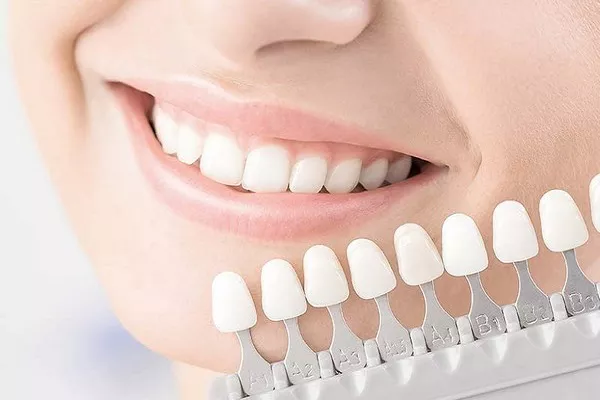Yellow plaque on teeth is a common dental concern that affects individuals of all ages. Understanding the causes behind this condition is crucial for maintaining optimal oral health. In this article, we will explore the various factors that contribute to the formation of yellow plaque on teeth and discuss preventive measures and treatment options.
Section 1: What is Yellow Plaque?
Yellow plaque, also known as dental plaque, is a sticky film that forms on the surface of teeth. It consists of bacteria, food particles, and saliva. If not removed through proper oral hygiene practices, plaque can harden into tartar, leading to various dental issues, including tooth decay, gum disease, and bad breath.
Section 2 Poor Oral Hygiene
One of the primary causes of yellow plaque is inadequate oral hygiene. Irregular or improper brushing and flossing allow plaque to accumulate on teeth. When plaque remains undisturbed, it can mineralize and transform into tartar, which appears as a yellowish or brownish deposit on the teeth.
Section 3: Diet and Lifestyle Factors
Diet plays a significant role in the development of yellow plaque. Consuming excessive amounts of sugary and starchy foods promotes bacterial growth, leading to plaque formation. Additionally, habits such as smoking and tobacco use contribute to plaque buildup and discoloration of teeth.
Section 4: Dry Mouth
Saliva helps wash away food particles and neutralize acids in the mouth, preventing plaque formation. However, individuals with dry mouth conditions produce less saliva, creating an environment conducive to plaque accumulation. Certain medications, medical conditions, and mouth breathing can cause dry mouth.
Section 5: Genetics and Age
Genetics and age can influence an individual’s susceptibility to yellow plaque. Some people may have a genetic predisposition to produce more plaque, making them more prone to dental issues. Additionally, as we age, our saliva production decreases, increasing the risk of plaque buildup.
Section 6: Prevention and Treatment
Preventing yellow plaque involves maintaining good oral hygiene practices. Brushing teeth twice a day with fluoride toothpaste, flossing daily, and using mouthwash can help remove plaque. Regular dental check-ups and professional cleanings are essential for tartar removal. A balanced diet and avoiding tobacco products also contribute to plaque prevention.
Conclusion
Yellow plaque on teeth is a common dental problem that can lead to various oral health issues. By understanding the causes behind its formation and adopting preventive measures, individuals can maintain a healthy smile. Remember, regular dental care and a consistent oral hygiene routine are key to preventing yellow plaque and ensuring optimal oral health.
































